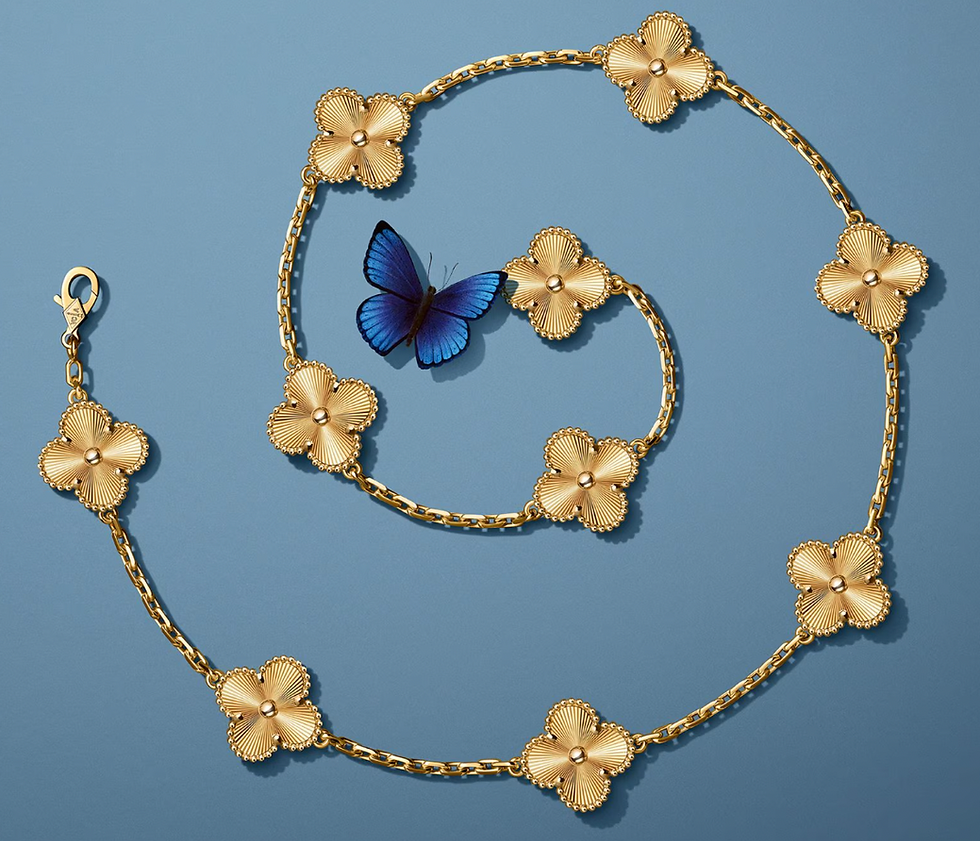Reverso: Jaeger-LeCoultre’s Art Deco Icon, Where Elegance Meets Mechanical Ingenuity
- Evaluart

- Jun 18
- 3 min read
In the world of luxury watchmaking, few creations have endured nearly a century while remaining as modern and desirable as ever. The Reverso, launched in 1931 by Jaeger-LeCoultre, is one such masterpiece. With its sleek rectangular case and distinctive swiveling mechanism, the Reverso embodies a unique convergence of Art Deco elegance, technical innovation, and sporting heritage. Today, it continues to enchant collectors, aesthetes, and lovers of horological history alike.
A Watch Born on the Polo Field
The Reverso was not conceived as a purely aesthetic object. Its creation responded to a specific request from British army officers stationed in India in the early 1930s. Passionate about polo, they needed a timepiece that could withstand the rigors of the game without compromising elegance. French engineer René-Alfred Chauvot rose to the challenge by designing a watch with a case that could pivot on its axis, flipping the dial inward to protect it with a solid caseback.
The patent was filed in 1931. What resulted was an object of stunning simplicity and geometric beauty: a rectangular case with horizontal gadroons, defined by the streamlined sophistication of the Art Deco movement.

An Icon Through the Decades
Though originally a sports watch, the Reverso quickly evolved into a statement of taste and versatility. By the mid-1930s, it had already been adopted by artists, diplomats, and intellectuals. The blank metal reverse side became a canvas for personalization, with engraved initials, coats of arms, dates, or even miniature artworks.
While production slowed during World War II, the Reverso returned to prominence in the 1970s as Jaeger-LeCoultre reaffirmed its heritage amid the quartz crisis. By the 1980s and 1990s, the model was reborn as a platform for mechanical sophistication, including complications such as perpetual calendars and tourbillons.
Refined Mechanics in a Reversible Case
One of the most remarkable qualities of the Reverso is its ability to house high complications within its compact rectangular case. Jaeger-LeCoultre, often called “La Grande Maison,” has mastered the challenge of fitting complications such as power reserve indicators, moon phases, dual time zones, and tourbillons into this elegant design.
The Duoface and Duo models introduced in the late 1990s are particularly emblematic of this evolution. These watches offer two dials, one on each side, allowing wearers to display different time zones or styles—blending the practical with the poetic.
The Reverso’s dual identity—sport and elegance, vintage and modern, masculine and feminine—contributes to its continued appeal across generations and continents.

A Timeless Investment in Fine Watchmaking
The Reverso stands today as a cornerstone of vintage and contemporary watch collecting. Its history, unique design, and mechanical pedigree make it a strong long-term investment. Early models from the 1930s to 1950s, as well as limited editions and high complications, command significant attention at auctions and from discerning collectors.
Beyond its aesthetic and mechanical excellence, the Reverso embodies a narrative richness: it is a watch that tells time and history, that merges design with innovation, that transforms the act of turning over a dial into a gesture of luxury.
Evaluart: Expertise, Authentication, and Heritage
At Evaluart, we specialize in the valuation and authentication of fine timepieces, including the Reverso by Jaeger-LeCoultre. Whether you are a seasoned collector, an heir to a family piece, or an enthusiast curious about your watch’s true value, we provide trusted expertise and detailed assessments.
Investing in a Reverso is more than acquiring a beautiful watch—it is acquiring a legacy, a story in motion, and a rare intersection of culture and craftsmanship.



Comments